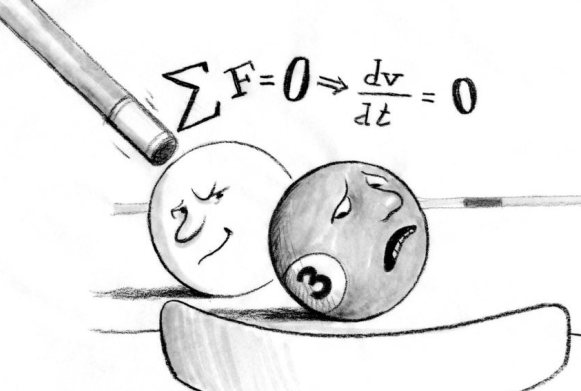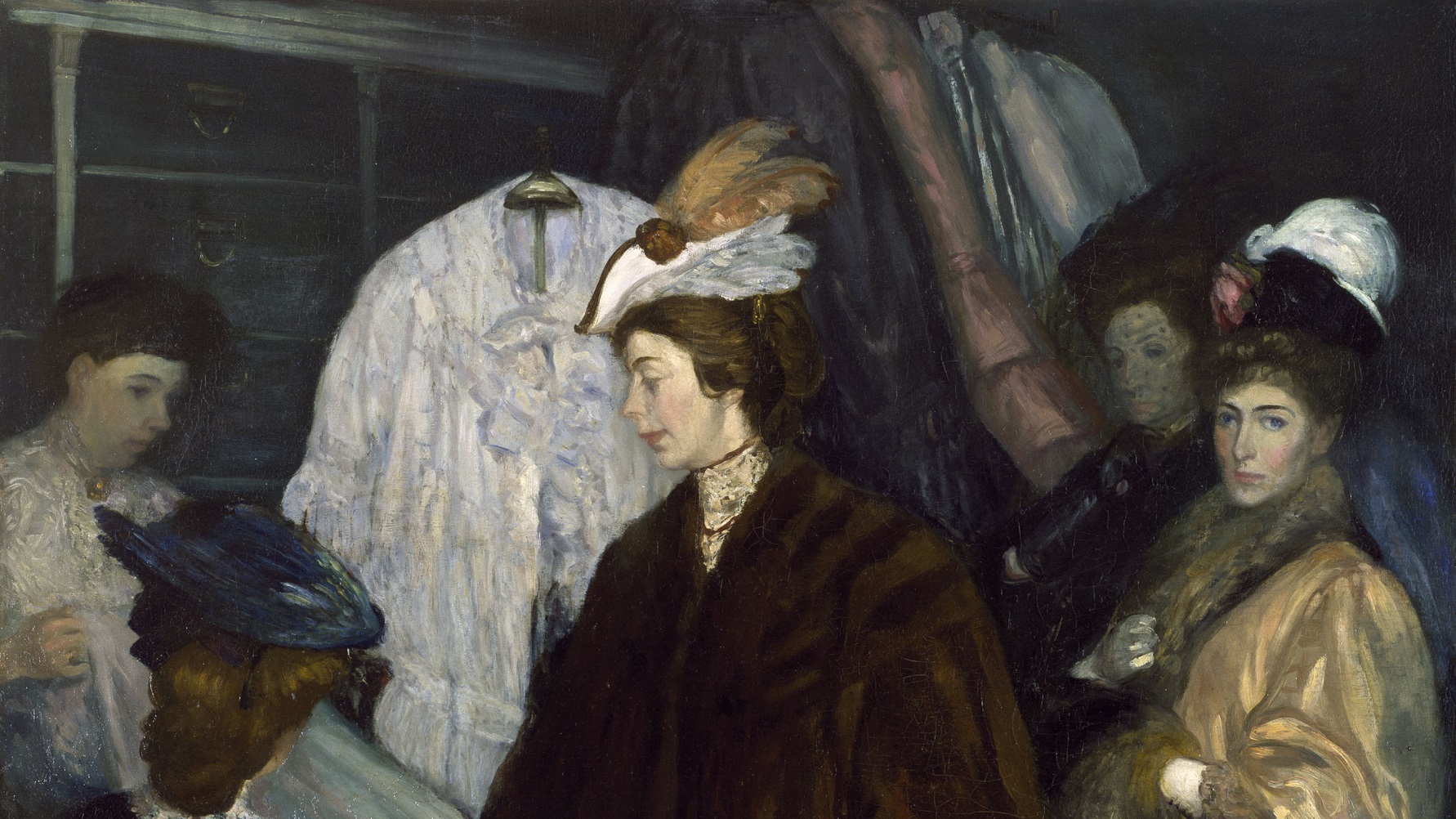Daniel Dennett: An Introduction to Intuition Pumps Daniel Dennett, one of the best-known living philosophers and a professor at Tufts University, believes it’s time to unmask the philosopher’s art and […]
Search Results
You searched for: x x
Psychophysics secretly permeates our people-sciences (it assumes we’re motivated by physics-like forces). But as every infant—each a great causality detector—knows, but many scientists ignore, people aren’t biological billiard balls. 1. […]
If you grew up in the 80s/90s, relive the joy of the seasonal promise of a great new video game! “Devote yourself, but do not lose who you are!” –Marvel […]
NASA represents a full 50% of the world’s expenditures on space science & exploration. What should we expect from it? “This Administration has never really faced up to where we […]
PURPOSE: Set Goals, with John Amaechi In this lesson from Big Think+, NBA basketball player John Amaechi shares with you the plan he created as a child to help him […]
From cloudy nights to clear, and even during the day, this beautiful bedding brings the beauty of the Universe to you! “The probability of success is difficult to estimate; but […]
Slow Down Your Brain to Get More Done, with Steven Kotler The best-selling author discusses hypofrontality — literally the slowing of the brain’s prefrontal cortex — and how it allows […]
Sure, they wiped out the dinosaurs, but do they really pose a risk to humans? “The oldest and strongest emotion of mankind is fear, and the oldest and strongest kind […]
The best 2015 calendar makes a great gift. And you can win one for free just for reading this blog! “We are not the same persons this year as last; […]
Rather than maintain its landlines, the university is opting to subsidize cell phones for employees at its new online learning initiative.
All things being equal, the simplest explanation is usually the best. But we don’t all agree on what “simple” means. “It is always the simple that produces the marvelous.” –Amelia […]
Bill Nye (The Science Guy!) opines on the pros and cons of NASA and SpaceX manufacturing. In a congressional move of either genius or ignorance, the decentralization of NASA facilities […]
▸
4 min
—
with
The former NATO Secretary General dishes on the ongoing fight against the so-called Islamic State, which Rasmussen calls “a terrorist organization that has carried out horrific acts.”
Better models of our nature are needed. Freud’s ideas, though discredited by many, still haunt the arts, and exert influence within science. Three ideas buried in Steven Pinker’s book about declining violence can help.
Wise Women Rise to the Top There’s a big difference between being smart and being wise, and also being intelligent, frankly, says futurist Edie Weiner. Why We Need More Women […]
When Howard Zinn first published A People’s History of the United States in 1980, he hoped to start a “quiet revolution” in the way people viewed history. By giving voice […]
“It’s worth looking at industries which a lot of people think are impossible or think you can’t succeed at – that’s usually where there’s opportunity.” –Elon Musk, Founder and CEO […]
Ever since American Commodore Matthew C. Perry sailed into Uraga Harbor near Edo (the earlier name for Tokyo) on July 8, 1853, ending the isolationist policy of sakoku and “opening” (willingly or not) Japan to the West, “the Land of the Rising Sun” and its culture have fascinated Westerners. Yet, despite this fascination, true understanding of that history remains elusive. A new exhibition at the Philadelphia Museum of Art, Ink and Gold: Art of the Kano builds a cultural bridge for Westerners to Japan’s heritage through the art of the “Kano School,” a family of painters to the powerful who influenced all of Japanese art from the 15th to the late 19th century. Combining the sumptuousness of golden artworks with the compelling story of their makers, Ink and Gold: Art of the Kano offers the key to unlocking the mystery of Japan through the art of the Kano.
What does football really teach us? In “Why Football Matters: My Education in the Game,” author Mark Edmundson recounts his own high school football experience from the perspective of age and asks that very same question in a nuanced, clear-eyed way that might make you think twice about why we love football so much and what that love may be doing to us and our children.
As companies like Uber and Lyft turn the cars of ordinary drivers into taxi cabs, at what point does using their service become cheaper than owning a car? That’s a difficult question…
To keep you safe from harm, the British government has prepared 47 maps of areas around the world you should avoid.
What does the x-ray of an entire spiral galaxy look like? NASA’s Chandra X-ray Observatory took an x-ray of interacting galaxies known as M51, or the Whirlpool. NASA explains: The […]
Bill Nye, everyone’s favorite Science Guy, recently visited Big Think to talk SpaceX, NASA, and the budding space tourism industry. Would Bill jump at the chance to visit space? You […]
On August 21, 2017, a total solar eclipse will cross the USA. Start planning for it now. “Astronomers are greatly disappointed when, having traveled halfway around the world to see […]
Noted futurist and innovation expert Lisa Bodell knows all about the consequences of static and uninspired business practices. Two years ago she authored an acclaimed book, Kill the Company: End the Status Quo, […]
With a $20,000 check and instructions to bring back “some good paintings” from friend and financier Dr. Albert C. Barnes, American artist William Glackens set off for Paris in 1912 with carte blanche to buy the very best modern art he could find. Long a champion and connoisseur of European and American modernism, Glackens sent back to Barnes 33 works by now-renowned artists such as Paul Cézanne, Pierre-Auguste Renoir, Pablo Picasso, and Vincent Van Gogh that helped shape the collection that eventually became The Barnes Foundation.
Karan Girotra explains how companies can use business model innovation to stay ahead of the competition. Uber, for example, has disrupted the car for hire industry by their clever handling […]
▸
3 min
—
with
While advanced math and Shakespeare combine to make a nightmare curriculum for some students, for artist Man Ray, one of the most intriguing minds of 20th century art, they were “such stuff as dreams are made on,” or at least art could be made from. A new exhibition at The Phillips Collection reunites the objects and photographs with the suite of paintings they inspired Man Ray to create and title Shakespearean Equations. Man Ray—Human Equations: A Journey from Mathematics to Shakespeare traces the artist’s travels between disciplines, between war-torn continents, and between media that became not only a journey from arithmetic to the Bard, but also a journey of artistic self-discovery.
The new prices are an experiment in stoking demand. If the cost of a single ride drops far enough, people may begin abandoning their cars for their daily commute or midday errand.


















